Art as Therapy
Visual arts provide an outlet for students to find comfort during the pandemic.
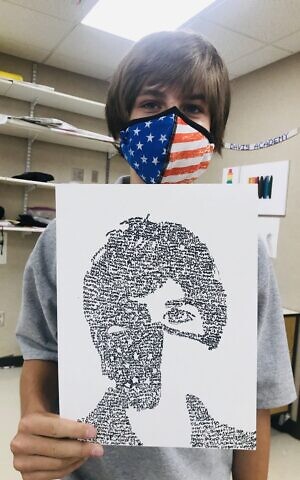
A student just finished back-to-back math and science classes. Next up is a less-structured break in the schedule – art class.
On a typical school day during the pandemic, whether learning is virtual or in a physical classroom, students often look forward to this creative downtime. Using their imagination while creating art feels different than the typical classwork.
There is an element of discovery in a playful, experimental way with projects that use drawing, painting or collage. The AJT spoke with a few Jewish Atlanta art teachers about how art can serve as a form of therapy in a day filled with high-stress academics.
“There is a therapy that happens when creating art that brings peace of mind, positivity and a sense of escape,” said Rebecca Ganz, art teacher at The Davis Academy. “Creative practices also help with one’s ability to adapt and cope with the unknown. Students are developing resilience, innovation and inventiveness when working out visual problems, all of these being key attributes to handling our world right now and making the best of a tough situation.” Other metro Atlanta art teachers interviewed echoed similar observations.
Thoughtful Self-Reflection
“More than ever, during this pandemic, the art classroom has become a personal time for much needed creative expression, stress relief, and a way to feel more in control and connected to one’s life,” said Madeleine Soloway, who teaches art to high school students at The Paideia School.
She said that in their pre-COVID world, many of her students maintained overly scheduled and very hectic calendars filled with a multitude of activities and responsibilities.
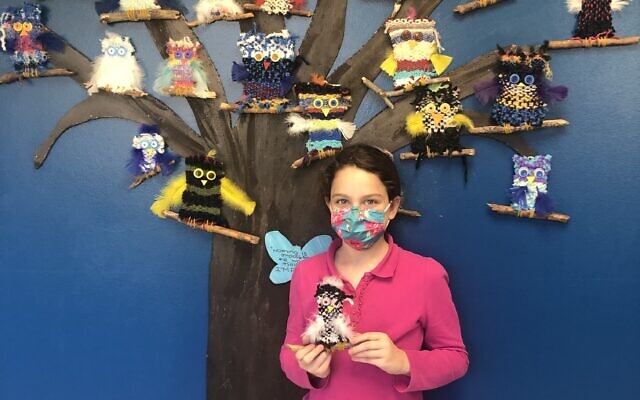
“Since the pandemic, this has been a fertile time to engage in more thoughtful self-reflection,” Soloway said. “It has become a moment to examine our values and what is most essential for a meaningful and purposeful life.”
By working from home, students created drawings and paintings with deeper connections to their own lives, she said. Her students discovered resource materials based on family history and traditions.
Isabel Carr, an 11th grader, created a painting titled “Lady of Leisure.” In a written statement to the AJT, Carr shared how she found comfort in learning about the lives of her ancestors and the traumas they overcame. After compiling old photographs, recipes, and passed-down stories from her mother, specifically about the women who came before her, she turned to her artwork. “The painting is part of an audio-visual narrative and homage to the strong Jewish women in my family,” she said.
Finding Personal Connections
Ganz of The Davis Academy said, “While there has always been a great deal of value in art education, there has rarely been more of a need for it than right now, during the pandemic. This year, students and teachers alike are having to adjust to a new normal and deal with many emotional extremes.”
She has seen her students of all ages take comfort in their artwork and art creation. Ganz explained how students are often motivated when they feel a personal connection to the subject matter of a project. When choices are theirs (words, color, technique), they feel ownership and pride in their art, even while working within specified limitations, she said.
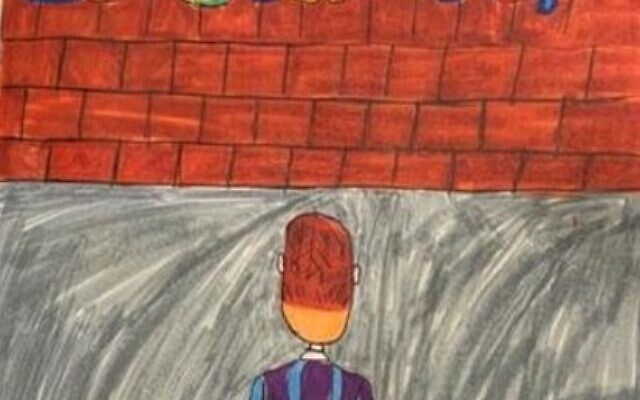
Eighth graders learned about micrography (micro-calligraphy) and its origin in ancient Hebrew manuscripts, creating self-portraits using hand-written words that were meaningful to them.
Need for Creativity
At The Epstein School, Robin Singer has been pursuing a master of fine arts degree by attending graduate online art education classes through the University of Nebraska. Her recent research paper spoke about teaching art during the pandemic.
She told the AJT that more than ever students need creative outlets. They need a time in the week to be able to have a way of releasing stress from academic studies, she said.
“Art provides them an avenue to have activities without right and wrong answers. Art allows them to see their work from start to finish and be able to share something they created,” Singer said.
In May, a seventh grade art lesson was integrated with writing classes. Her students chose one of two words, “isolation” or “friendship.” Based on their chosen word, they selected a method of how to complete their work.
Freedom from Structure
Torah Day School art teacher Charlie Lewis wants every student to have a freedom in art that they don’t have in many areas of their lives since COVID hit. She said students’ lives are very controlled in every aspect of their day at school, from the masks they wear to the direction they walk in, to how they play, as well as where they are allowed to go.
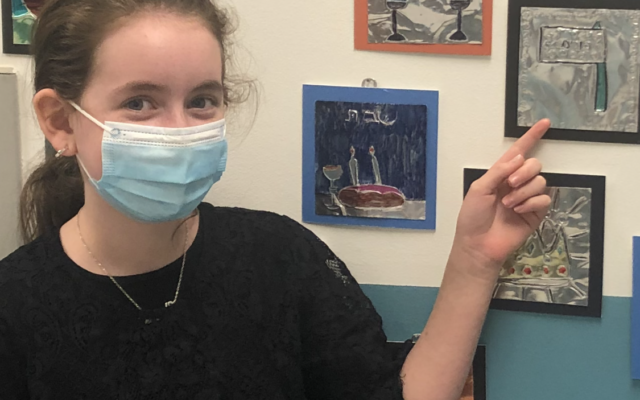
Although the class length has been shortened for the lower school, she related that “my students have been doing some amazing work.” A few examples included art projects that used collage, weaving, paper-mache or copper embossing. A commitment to the arts is so important to education that it is even included in the school’s STEAM (Science, Technology, Engineering, Art and Math) curriculum.
So even after the pandemic becomes a time for the history books, art education will continue to find its place as an integral part of a child’s life while at school.
Disclosure: Flora Rosefsky is a teaching artist.



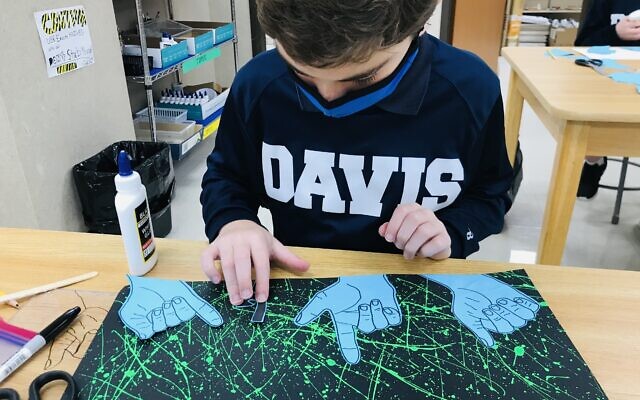
comments